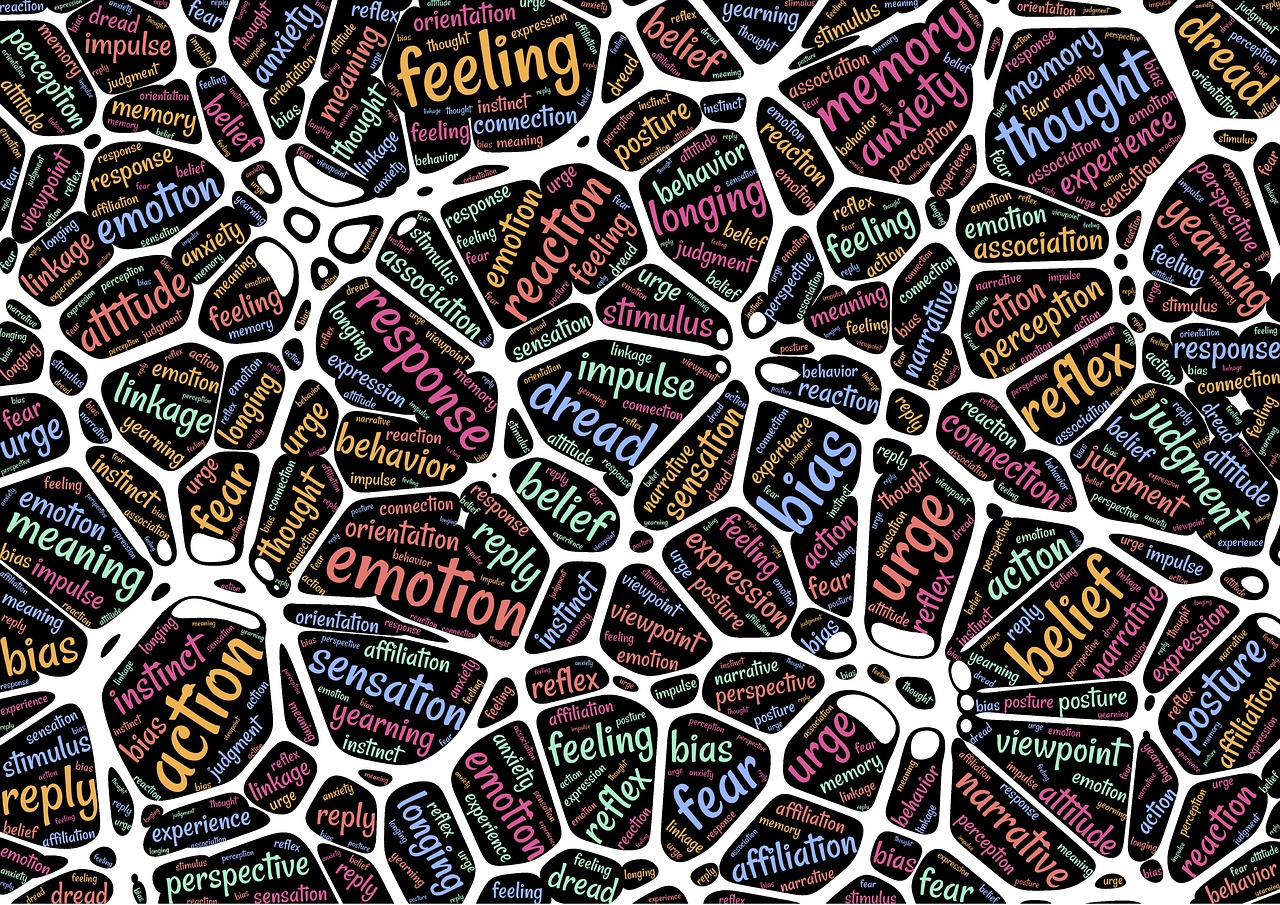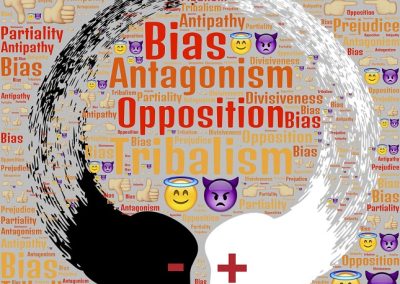Everyone would love an empathic boss, someone who really listens to you. Thanks to neuroscience, organisations can improve leadership and internal communication.
While neuromarketing is increasingly used to better understand consumers’ behaviours and address their emotions, neuroscience principles are being more and more leveraged to scrutinise corporate relations, in search for new ways to enhance internal climate, improve staff engagement and commitment.
Let’s consider ATM, the Italian transportation business that worked with Università Cattolica di Milano to analyse some internal dynamics through neuroscience, specifically interactions between managers and subordinates during 1:1 perfomance evaluation meetings. They normally are emotionally intense situations, causing some distress both to the judger and the judged.
At first, ATM recorded managers to subordinates meetings to prepare a semantic map of their conversations, thus isolating topics, tones and correlations. Then, a group of volunteers joined the meetings wearing the equipment to measure individual brain activity through electroencephalography, and some parameters including heart rate and skin conductance. Main goal was to understand under which conditions the two people – better, their brains – were perfectly harmonised, creating a real empathy between the two.
Trials proved that the best possible brain synchrony springs when the manager shows a collaborative attitude, when the conversation is about future and shared projects, when the evaluation is not the ultimate scope, but the starting point of the meeting. These may not stand out as surprising outcomes, but the availability of scientific data makes the project quite interesting.
By debriefing results, ATM succeeded in evolving some elements in the performance evaluation process, introduce some new leadership-oriented trainings, and improve internal communication.




